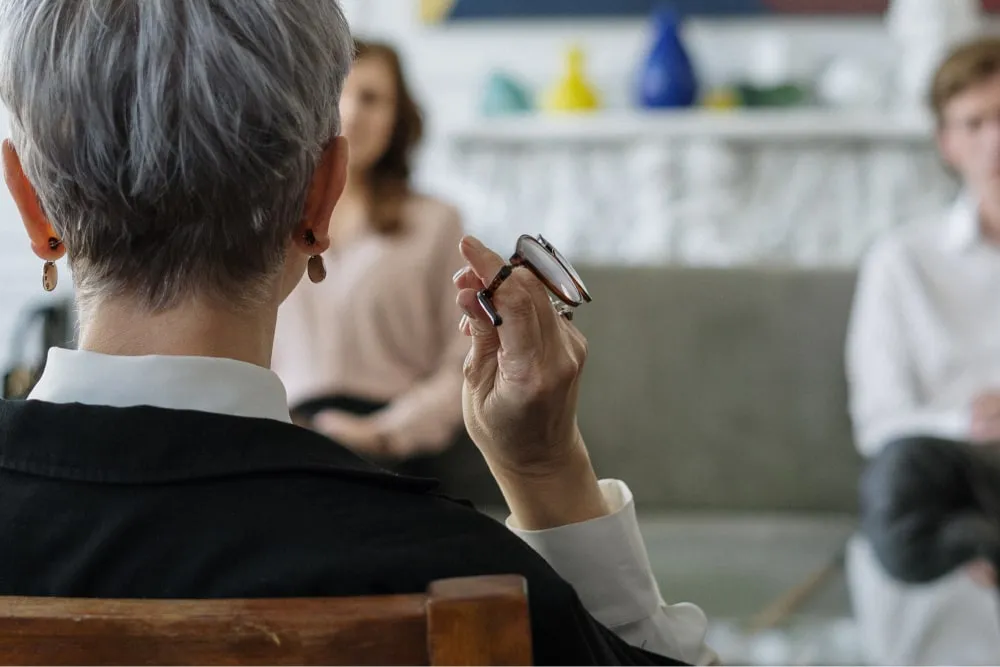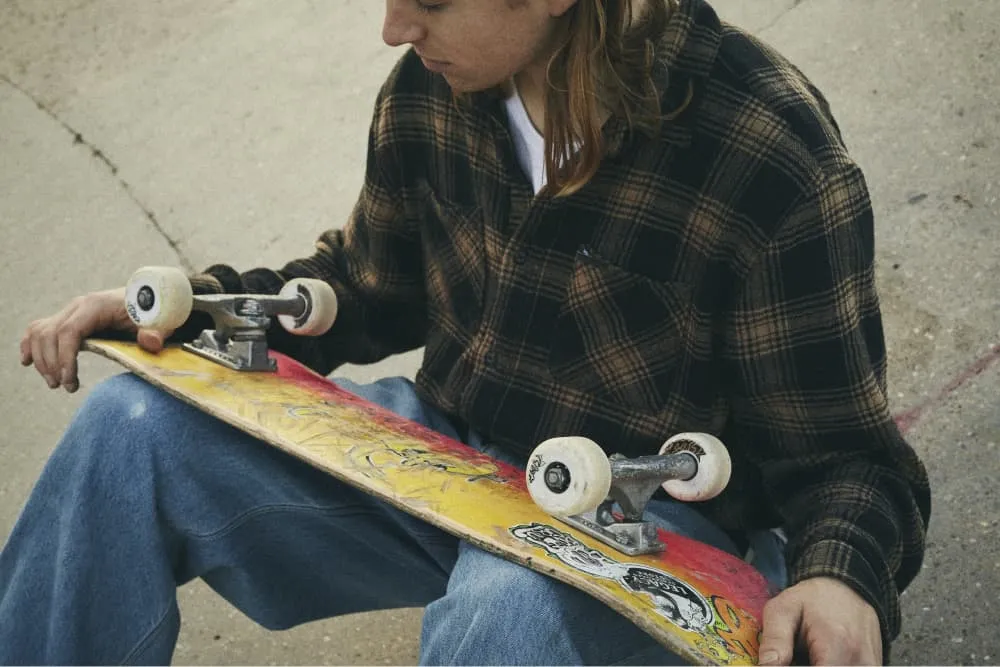What do you hope to change by speaking about your experience?
Many people have said this story saved or changed their lives. People recognize they too can overcome immeasurable struggle and pain, then they go home and do the work, and they save and change their own lives.
How has the way you share your story has evolved over time?
When I first started, I may have left audiences in pain by telling such a dark story without relief or hope at the end. Today, it’s much different. I begin with a moment of silence for those we’ve lost, and end with a moment of togetherness, and there’s a lot of humor. The response is much different. Over time I’ve learned how to ask for help, and that’s been really beneficial.
What are some of the biggest misconceptions you’ve encountered about healing from suicidality or mental illness?
That it just goes away. I’ve lived with chronic thoughts of suicide for 23 years. I also live with bipolar depression. I have to fight for my brain health and wellbeing, and that’s not to mention the physical pain I experience resulting from my suicide attempt. I’m walking a crooked path, and a lot of it’s uphill — and that’s okay. I really appreciate getting to be here.
What advice do you have for people daunted by the intensity of the recovery process?
I wish someone had told me to find my anchor to bring me back to a safe place when I’m struggling. A support network reminds you it’s okay to have to put in work to stay stable, and that being in pain today doesn’t mean you can’t have a beautiful tomorrow.
I wish someone had told me: this may be the most difficult thing you’ve ever experienced, but it’ll be worth it in the end to stay alive.
What factors do you feel contribute to the mental health crisis and rising suicide rates?
People’s apathy and hurtful behavior toward those who struggle has become abundant, and it terrifies me. We have to raise children to be compassionate.
There’s also a lack of education on how to be resilient in the face of pain. If we can teach that to kids, they’ll be kinder to each other and know better how to cope.
What does suicide prevention mean to you?
Education in schools. I talk to kids in fourth grade and up about resilience, but I’m just one person. We need more people discussing how living with mental illness is a day-to-day process. There’s a lot of work being done to save lives, and it’s going to be amazing to see the effect it has on people, and their ability to be here tomorrow.
Can you talk about the effort you were involved in to get nets installed on the Golden Gate Bridge?
The Golden Gate Bridge is one of the most frequent spots for suicide in the world, but as of December it will be a beacon of suicide prevention. The Bridge Rail Foundation works to raise rails in high-traffic suicide spots. It’s a message to the world that we care.
We know there are three proven methods to stop suicides. Number one: call lines. Number two: the caring letters, created by Dr. Jerome Motto. He and his wife sent letters to people who’d just been released from care for suicidal ideation, saying, “We care about you, we’re here for you, reach out.” And the third and largest way to reduce suicides is reduction of access to lethal means, which is what the Bridge Rail Foundation does.
What are some of the barriers you’ve faced?
When we tried to raise the rails on the Golden Gate Bridge, people argued it would ruin the view, and the aesthetics of the bridge. What are the aesthetics of a bridge compared to a human life?
People also argued it would cost too much money. And to those people I say: we advocated for 23 years for these funds. Go raise your own money instead of worrying about ours.
How have you seen attitudes toward suicidality change?
When I started, there were very few lived experience advocates speaking openly about their struggles. I think we’re on the precipice of a big change. More people will be empathetic and fewer will be apathetic, and more people will reach out to those in need. Pre-pandemic, we didn’t know how many people were struggling. Now, it’s okay to speak up.
Anyone can become a mental health advocate through social media platforms. Seeing how many people want to do the work is inspiring, and I love seeing younger generations doing new things with platforms that didn’t exist when I was their age. Positive social media has a role, but negative social media plays a big role in young people’s brain and mental health. We have to find a balance, so advocates can change lives, but people in pain are protected.
Zak Williams is doing great work advocating for country-wide change through legislation. The group HalfTheStory is also doing great work to help young people manage social media and be resilient in the face of online bullying.
Is there anything else you want to say?
To the people who are considering suicide, just stop and breathe. In through the nose for four seconds, hold four seconds, and exhale for six to eight seconds with your lips pursed like you’re whistling, but with no sound. Do that 30 more times.
We’re all going to pass away someday. Please give yourself time for things to change, because hope does exist.





